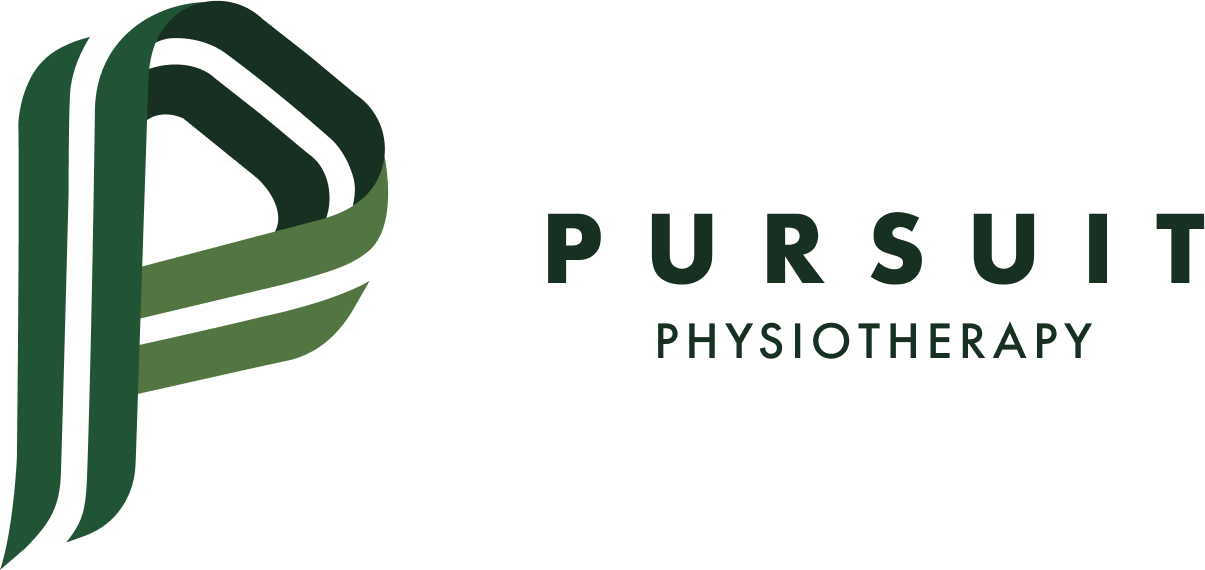To Ice or Not to Ice: The Debate Solved for Injury
Throughout our lives, after injury, we were told to ice to reduce pain and swelling, as well as promote a faster recovery. But how effective is it really in aiding the healing process? This article investigates the current research on the function of cold therapy, the pros and cons, and the most effective ways to apply treatment.
What does Icing/cold therapy do?
After an injury, cold therapy may be beneficial in reducing inflammation, pain and swelling. This could look like using conventional ice applications with a bag of peas from the freezer, frozen gel packs, or reusable ice packs. However, over-icing or prolonged cold therapy has been shown to slow down the healing process and potentially cause other negative effects. While cold therapy may be an effective tool, the methods of using cold therapy is crucial and needs to be further discussed to prevent the negatives.
Positives to Cold therapy:
acts as an analgesic - icing can help reduce pain (1,2,3)
reduces inflammation (1,2,3)
reduces swelling/edema - which can be beneficial especially when swelling is the limiting factor for recovery
reduce muscle spasms (3).
reduces hematoma formation (bruising) (3).
Negatives to cold therapy:
prolonged icing reduces blood flow - could result in tissue death and nerve damage (3).
topical ice exposure could lead to ice burns when directly applied the skin (1,3)
temporary impairment of motor function, reflex activity and proprioception - this suggests that athletes may be more prone to injury 30 minutes following an ice treatment (1).
What is the best application and duration for optimal healing?
There are a few important things to consider when you use cold therapy to treat a soft tissue injury.
What are you using to apply cold therapy?
Never apply ice directly onto the skin as it could result in ice burns and tissue damage! Instead, wrap a towel around the ice, then apply onto the skin.
A systematic review conducted by Auley in the Journal of Sports Medicine suggests that the most effective ice application is melting ice applied to the skin through a wet towel. This is because it effectively lowers muscle temperature by 10-15 degrees C (1).
When should you be applying cold therapy?
Applying cold therapy immediately after injury or as soon as possible is more effective than waiting (1,2).
Early application of cold therapy has been found to help reduce healing times whereas late applications of cold therapy has been found to have longer healing times as it could delay tissue repair (1).
Applying ice immediately after injury can also help reduce the onset of additional secondary tissue damage whereas late application may only offer pain relief and no other benefit (2).
Therefore, cold therapy is only necessary within the first 12 hours post-injury (2).
How should you apply cold therapy?
Apply cold therapy in intervals of 10-30 minutes on and off as this has been found to sustain low muscle temperature (1,2).
The goal is to maintain a consistent low temperature in the deeper muscles. This means that it doesn’t matter if the surface of your skin warms up in between each round of icing, so long as the deeper muscle remains cool (1).
Applying ice in intervals additionally prevents negative effects of cold therapy as it lowers the risk of ice burns, tissue damage and nerve damage from prolonged application (1).
Conclusion
Icing, or the application of cold therapy can still be a beneficial treatment for after an acute soft tissue injury, so long as it is used in the right way. It is recommended that after an injury, you should immediately begin icing by melting ice through a wet towel applied on the skin and do so in consistent 10-30 minute intervals. You only really need to ice for the first 12 hours after the injury. After that time period, icing does not have any further benefit besides reducing pain, and could potentially delay healing. After this time, alternating between heat and ice may prove to be a more effective strategy for pain management and has the added effect of increasing blood flow to the affected area.
If you're dealing with aches, pains, or injuries and are unsure whether to ice or explore other treatment options, it's crucial to seek personalized advice. Visiting a physiotherapist or chiropractor at Victoria,BC can provide you with tailored guidance on managing your condition effectively. Don't let uncertainty or discomfort hold you back—schedule an appointment today to start your journey towards better health and well-being.
References:
Mac Auley DC. Ice therapy: how good is the evidence?. Int J Sports Med. 2001;22(5):379-384. doi: 10.1055/s-2001-15656
Kwiecien SY. Is it the End of the Ice Age? IJSPT. 2023;18(3):547-550. doi:10.26603/001c.74273
Wang ZR, Ni GX. Is it time to put traditional cold therapy in rehabilitation of soft-tissue injuries out to pasture? World J Clin Cases 2021; 9(17): 4116-4122. doi: 10.12998/wjcc.v9.i17.4116


